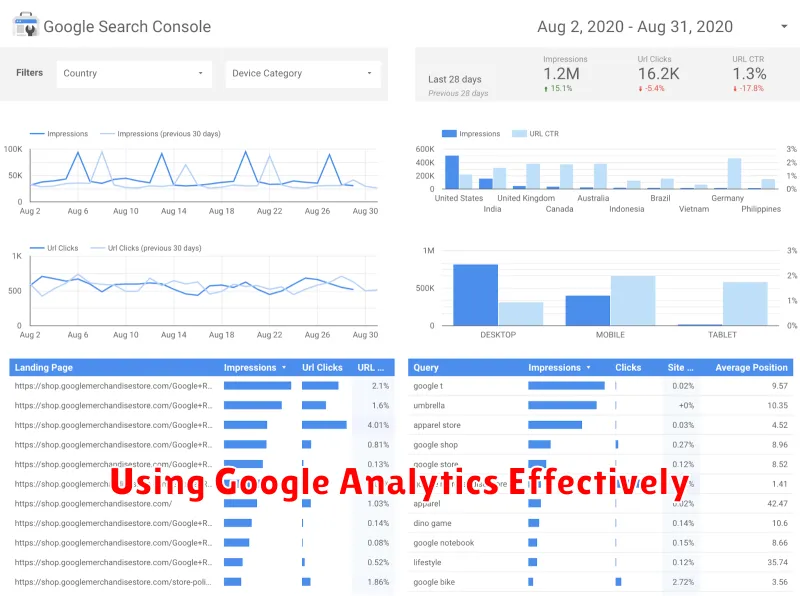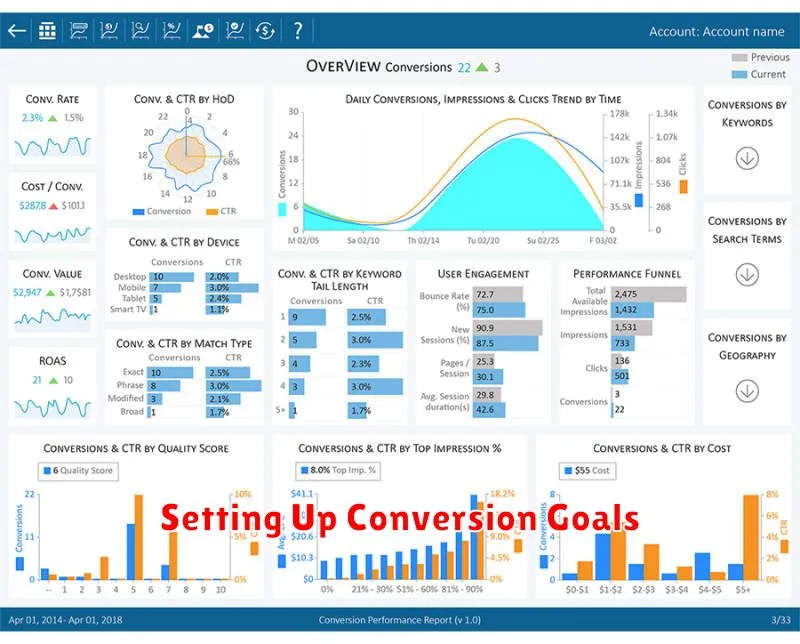In today’s data-driven world, marketing analytics plays a crucial role in the success of any business. This beginner’s guide provides a comprehensive introduction to the field of marketing analytics, covering essential concepts, tools, and techniques. Whether you’re a marketing novice or looking to enhance your analytical skills, understanding marketing analytics is essential for making informed decisions, optimizing campaigns, and achieving marketing objectives. This guide will equip you with the foundational knowledge needed to navigate the complexities of marketing analytics and drive meaningful results.
This beginner’s guide to marketing analytics will walk you through the key components of analyzing marketing data, from collecting and processing information to deriving actionable insights. You’ll learn how to leverage marketing analytics to measure the effectiveness of your marketing efforts, identify areas for improvement, and ultimately increase your return on investment (ROI). By mastering the principles of marketing analytics, you can gain a competitive edge, understand your target audience better, and personalize marketing campaigns for optimal engagement. This guide will lay the foundation for your journey into the world of data-driven marketing.
Why Analytics Matter in Marketing
In today’s complex and competitive market, understanding your audience and the effectiveness of your marketing efforts is crucial. This is where marketing analytics comes in. It provides data-driven insights that empower businesses to make informed decisions, optimize campaigns, and achieve better results.
Without analytics, marketing operates largely on guesswork. Are your campaigns reaching the right people? Are they resonating? Analytics provides the answers, allowing you to measure the impact of every action and understand customer behavior. This knowledge is essential for maximizing your return on investment (ROI).
Key benefits of utilizing analytics include identifying successful strategies, understanding customer preferences, optimizing campaigns in real-time, and justifying marketing spend. By leveraging data, businesses can gain a competitive edge and drive growth.
Key Metrics to Track
As a beginner in marketing analytics, it’s crucial to focus on key metrics that provide actionable insights. These metrics help evaluate campaign performance and identify areas for improvement. Tracking the right data empowers you to make informed decisions and optimize your marketing strategies.
Some essential metrics to consider include:
- Website Traffic: Monitor the number of visitors to your website. Analyze traffic sources to understand where your audience is coming from.
- Conversion Rate: This metric measures the percentage of visitors who complete a desired action, such as making a purchase or filling out a form. A higher conversion rate indicates a successful marketing campaign.
- Cost per Acquisition (CPA): Calculate the cost associated with acquiring a new customer. Keeping CPA low is crucial for maximizing return on investment (ROI).
- Return on Investment (ROI): Measure the overall profitability of your marketing efforts. ROI helps determine the effectiveness of your campaigns in generating revenue.
- Customer Lifetime Value (CLTV): Estimate the total revenue generated by a customer over their relationship with your business. Understanding CLTV helps prioritize customer retention strategies.
Using Google Analytics Effectively

Google Analytics is a powerful free tool that provides valuable insights into website traffic and user behavior. Effective use of this platform is crucial for data-driven marketing decisions.
Setting up Goals is paramount. Define what actions you want users to take on your website (e.g., purchases, form submissions). Tracking these goals allows you to measure the effectiveness of your marketing campaigns.
Understanding Key Metrics like bounce rate, session duration, and conversion rate helps assess website performance and identify areas for improvement. Regularly analyzing these metrics provides a clear picture of user engagement.
Custom Reports offer the flexibility to analyze specific data points relevant to your business objectives. This feature allows you to go beyond standard reports and gain deeper insights into user behavior and campaign performance.
Understanding Traffic Sources

A crucial aspect of marketing analytics is identifying where your website traffic originates. Understanding traffic sources allows you to evaluate the effectiveness of your marketing campaigns and optimize your strategies for better results. By analyzing traffic sources, you gain insights into which channels are driving the most valuable traffic to your website.
Traffic sources are typically categorized into several key channels:
- Organic Search: Visitors who find your website through search engine results pages (SERPs) without paid advertising.
- Paid Search: Visitors who click on your paid advertisements on search engines.
- Social Media: Traffic coming from social media platforms.
- Referral: Visitors who arrive at your website through links on other websites.
- Direct: Visitors who type your website address directly into their browser or access it through bookmarks.
- Email: Traffic generated from email marketing campaigns.
Analyzing these different sources helps you understand user behavior and tailor your marketing efforts accordingly. For instance, if a significant portion of your traffic is coming from organic search, it indicates a strong SEO strategy. Conversely, low referral traffic might suggest a need to focus on building backlinks and partnerships.
Setting Up Conversion Goals

Conversion goals represent the desired actions you want visitors to take on your website. Clearly defined goals are crucial for measuring the effectiveness of your marketing campaigns. These goals can vary depending on your business objectives.
Common examples include:
- Making a purchase (e-commerce)
- Submitting a contact form (lead generation)
- Signing up for a newsletter (email marketing)
- Downloading a resource (content marketing)
Setting up these goals within your analytics platform allows you to track how well your marketing efforts are driving these desired actions. Accurate goal tracking provides valuable insights into which campaigns are contributing most effectively to your bottom line.
Consider defining specific metrics for each goal. For example, if your goal is lead generation, you might want to track the number of contact form submissions per week. This allows you to monitor progress and identify areas for improvement in your marketing strategies.
Interpreting Data for Action
Data analysis is only valuable if it leads to actionable insights. Interpreting your marketing data correctly is crucial for making informed decisions that improve campaign performance and achieve business objectives.
Start by identifying key performance indicators (KPIs) relevant to your goals. These might include website traffic, conversion rates, customer acquisition cost, or return on investment (ROI). Analyze trends and patterns in your data to understand what’s working and what’s not. For example, a sudden drop in website traffic might indicate a technical issue or a problem with your content.
Look for correlations between different data points. Perhaps you notice a correlation between increased social media engagement and higher conversion rates. This suggests that your social media strategy is effectively driving sales. However, correlation doesn’t equal causation. Further investigation is necessary to confirm the relationship.
Once you’ve identified key insights, translate them into specific actions. This might involve adjusting your ad spend, refining your target audience, or revising your content strategy. Continuously monitor the impact of these changes on your KPIs to ensure they are producing the desired results.

